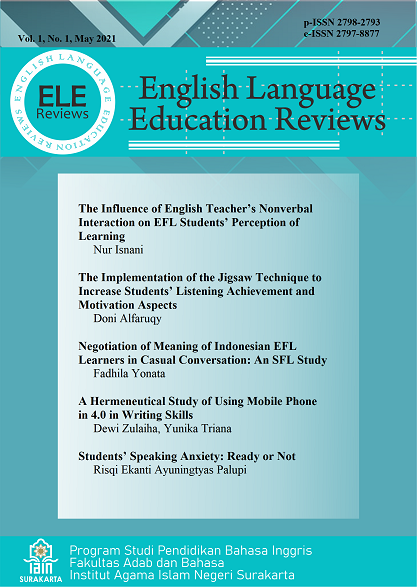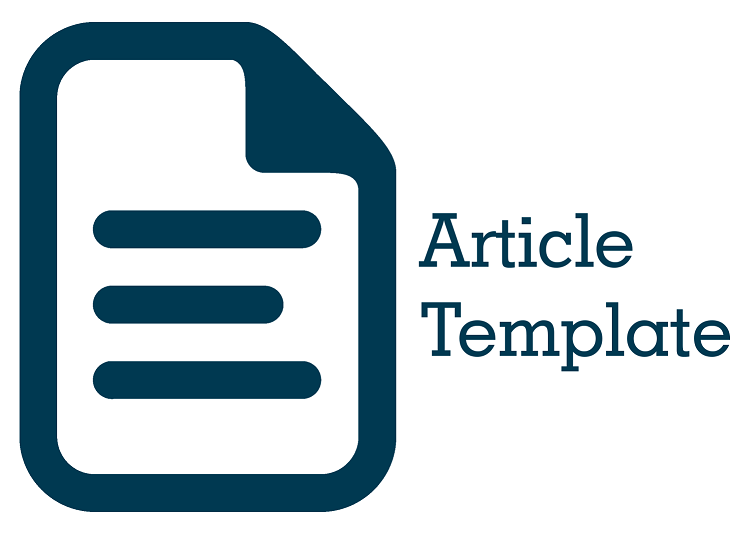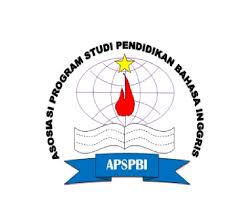Negotiation of Meaning of Indonesian EFL Learners in Casual Conversation: An SFL Study
DOI:
https://doi.org/10.22515/ele-reviews.v1i1.3528Keywords:
exchange structure, MOOD analysis, negotiation of meaning, SFL, speech functionAbstract
Communicative interaction is demanded by all levels of EFL learners. To prepare them to comply with this purpose, engaging them to deal with the real-life conversation using the target language may have beneficial effects on their second language acquisition process. However, the way learners negotiating meaning in an understandable way and how they position themselves as the appropriate role of the speakers are still rarely studied, especially in the Indonesian teaching and learning context. This study aims to reveal what type of commodity is being exchanged by graduate learners (3 females and 1 male) when they are assigned to have an unplanned casual conversation. The study further analyzes the nature of the exchange structure of EFL learners’ casual conversation seen from the Systemic Functional Linguistics perspective. The data were taken from audio recordings of casual conversations and then transcribed as the written data. The conversation was then divided into clauses as the unit of analysis. In employing a spoken discourse analysis framework, interactive analysis was implemented to discover exchange structure. The results show the exchanged commodity is information through statements. It indicates that as magister students, they always show their knowledge off, and intimacy sometimes matters as the reason for informative conversations. The speakers’ role also has been successfully achieved by the speakers since their ability to position themselves as initiators or responders to keep the conversational flow.
Downloads
References
Denzin, N. K., & Lincoln, Y. S. (1998). Collecting and interpreting qualitative material. SAGE Publications Inc.
Dobao, A. M. F., & Martínez, I. M. P. (2007). Negotiating meaning in interaction between English and Spanish speakers via communication strategies. Atlantis, 29(1), 87-105.
Eggins, S., & Slade, D. (1997). Analysing casual conversation. Cassell.
Halliday, M. A. K., & Matthiessen, C. (2014). Halliday’s introduction to functional grammar (4th ed.). Routledge.
Martin, J. R., & Rose, D. (2007). Working with discourse: meaning beyond the clause. Continuum.
Martin, J. R. (1992). English text: system and structure. John Benjamin Publishing co.
Pica, T. (1994). Research on negotiation: what does it reveal about second-language learning conditions, processes, and outcomes? Language Learning, 44(3), 493-527.
Schaap, H., Schaaf, M., & Bruijn, E. (2017). Interactions in vocational education: negotiation of meaning of students and teaching strategies. Studies in Continuing Education, 39(1), 52-70. https://doi.org/10.1080/0158037X.2016.1234451
Schriffin, D. (1994). Approaches to discourse. Blackwell Publishing.
Thornbury, S., & Slade, D. (2007). Conversation: From description to pedagogy. Cambridge University Press.
Wang, H. C. (2019). The influence of creative task engagement on English L2 learners’ negotiation of meaning in oral communication tasks. System, 80, 83-94. https://doi.org/10.1016/j.system.2018.10.015
Yang, Xueyan. (2021). How can EFL teachers make their questions more interactive with students? Interpersonal patterns of teacher questions. System, 99.
Yuliati. (2013). Interpersonal meaning negotiation in the teacher-student verbal interaction. The International Journal of Social Sciences, 11(1), 52-60.
Downloads
Published
How to Cite
Issue
Section
Citation Check
License
Copyright (c) 2021 Fadhila Yonata

This work is licensed under a Creative Commons Attribution-NonCommercial 4.0 International License.
Authors retain copyright and grant the journal right of first publication with the work simultaneously licensed under a Creative Commons Attribution License that allows others to share the work with an acknowledgement of the work's authorship and initial publication in this journal.
This ejournal system and its contents are licensed under
a Creative Commons Attribution-NonCommercial 4.0 International License








